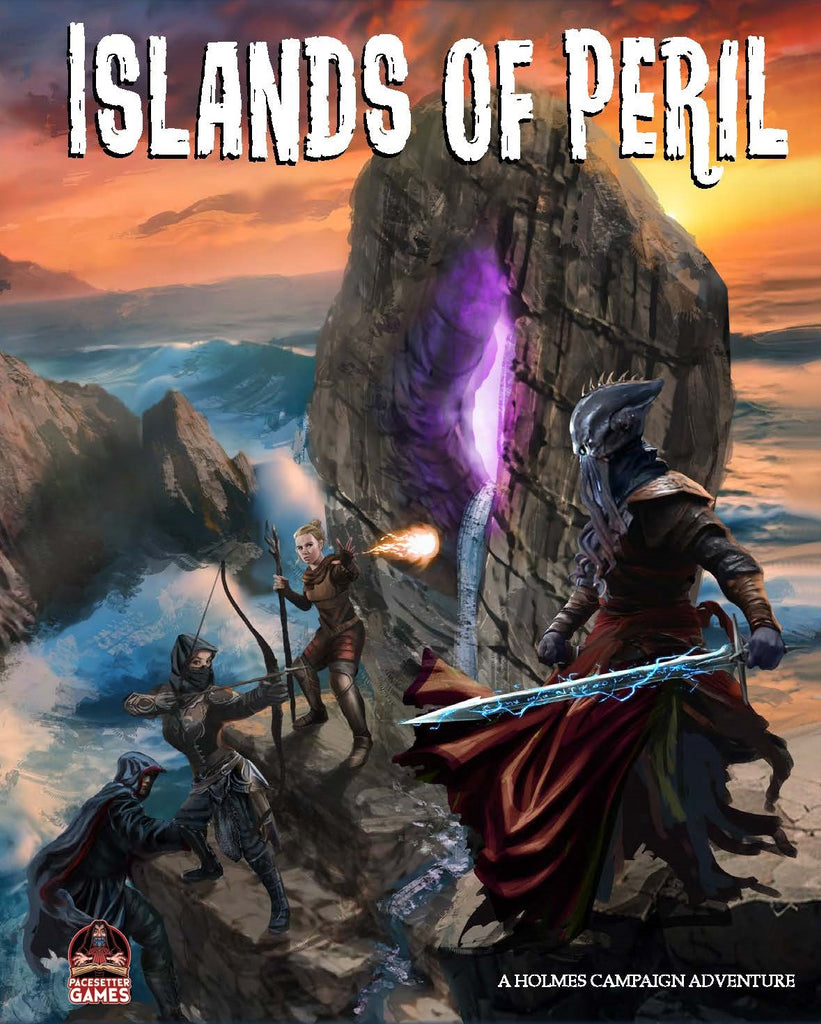 |
| "Computer-generated" mockup from the Sirius Miniatures website. |
Enworld reports that a set of metal miniatures based on David Sutherland's cover for the Holmes Basic Set cover is coming soon from Sirius Miniatures, a company that I am not otherwise familiar with.
"Step back into the golden age of tabletop roleplaying with the Sirius Metal Miniatures: 1977 D&D Holmes Boxed Set—the first release in the Sirius Miniatures line. Inspired by the iconic artwork of David C. Sutherland III, this collector’s edition miniature set faithfully recreates one of Dungeons & Dragons’ most legendary battles in a durable Zinc alloy.This boxed set includes three finely crafted miniatures:
● Red Dragon (Huge, 75mm base)
● Wizard
● Fighter
Designed for collectors, dungeon masters, and tabletop RPG players, this set comes in premium collector’s packaging, making it a striking display piece as well as a playable set of miniatures.
Whether you’re reliving the nostalgia of early D&D or adding a unique collectible to your miniature collection, the 1977 D&D Holmes Boxed Set is a must-have for fans of fantasy miniatures, D&D history, and tabletop gaming."
Last year saw Wizkids release plastic miniatures of the same figures. While the dragon was sold separately, and retailed for about $30, the wizard and warrior were only available as rare figures in blind boxes, and loose ones now run upwards of $50 each on Ebay, so I'm happy to see this set avoid the blind box nonsense. Perhaps it's time I finally learn to paint minis.
 |
| "RRRROOOOAAAARRRR!!!!" |


















_(17979163629).jpg)











